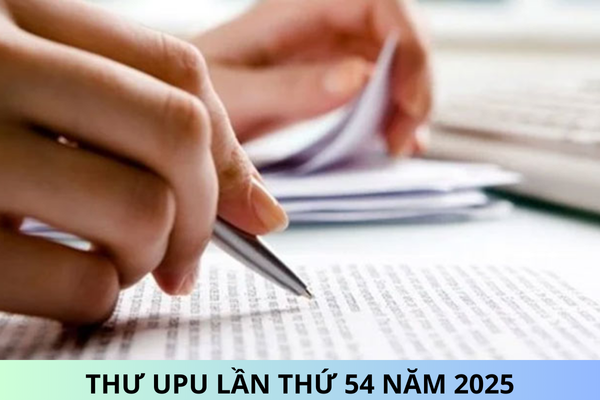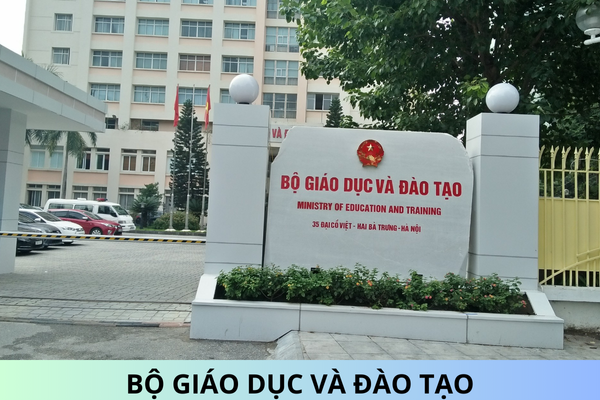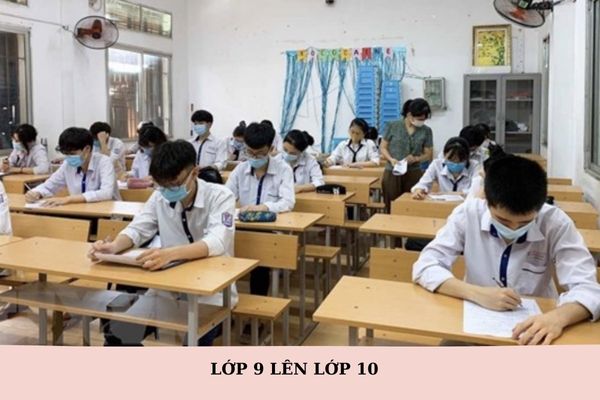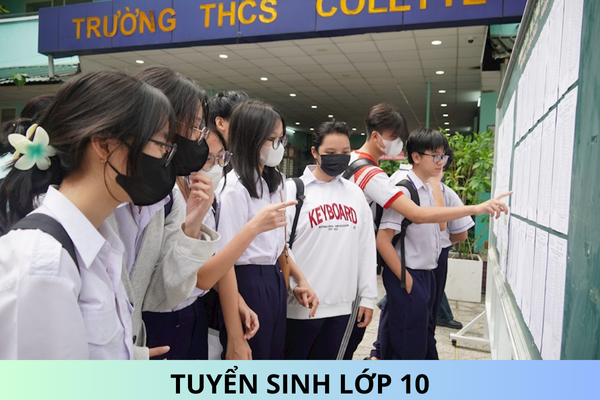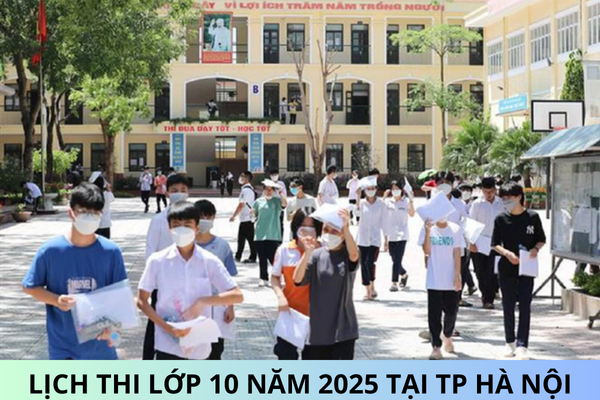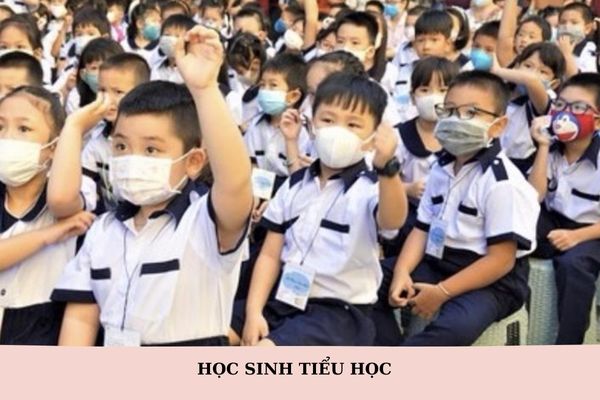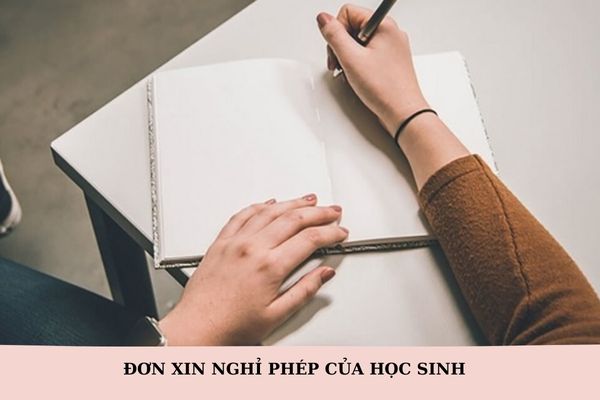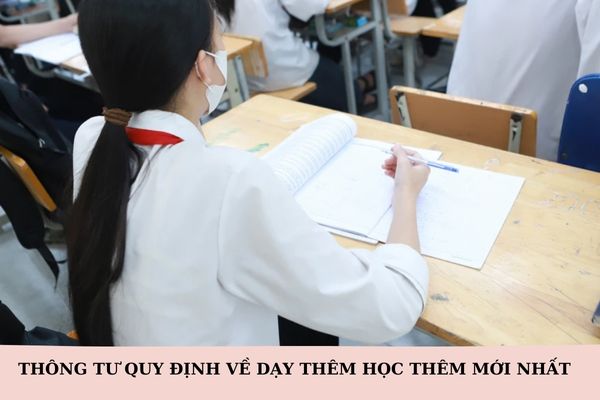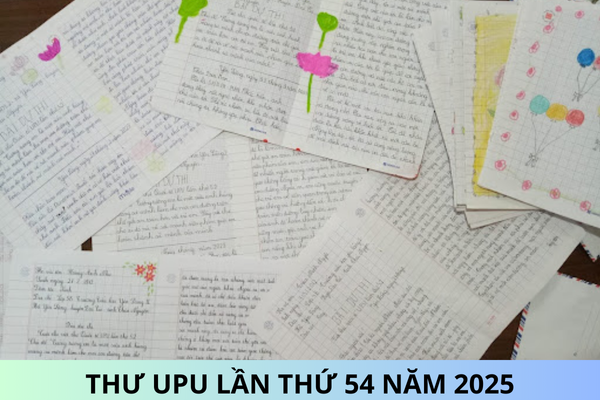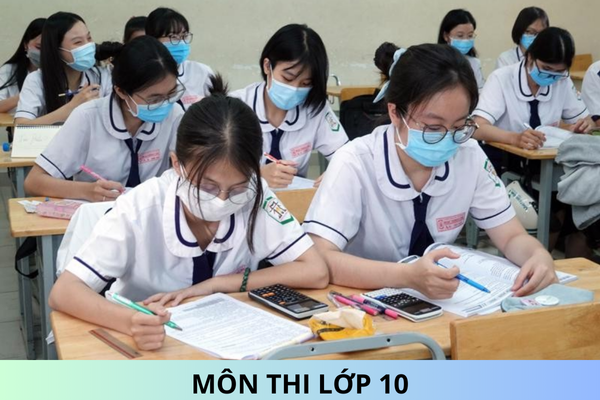Issuance of the Circular regulating the process of developing text books for intermediate and college-level vocational education in Vietnam
I want to ask about the Circular regulating the process of developing text books for intermediate and college-level vocational education in Vietnam. Thank you!
Issuance of the Circular regulating the process of developing text books for intermediate and college-level vocational education in Vietnam
On February 19, 2024, the Minister of Labor, War Invalids and Social Affairs issued Circular 01/2024/TT-BLDTBXH, which regulates the process of developing, assessing, and approving training programs for intermediate and college-level qualifications, as well as organizing the compilation, selection, assessment, approval, and use of text books.
Circular 01/2024/TT-BLDTBXH specifically outlines the procedures for developing, assessing, and approving programs, as well as the organization of text books compilation, selection, assessment, approval, and utilization for vocational education at the intermediate and college levels.
The Circular 01/2024/TT-BLDTBXH does not apply to training programs offered by foreign educational institutions that grant graduation diplomas or to training programs in vocational education that are conducted in collaboration with foreign countries.
Issuance of the Circular regulating the process of developing text books for intermediate and college-level vocational education in Vietnam - image from internet
What is the duration of the courses and the study workload in the intermediate and college-level training programs in Vietnam?
According to Article 5 of Circular 01/2024/TT-BLDTBXH, the duration of courses and study workload in the training programs are regulated as follows:
[1] The course duration for college-level training programs is designed to be between 2 and 3 academic years, ensuring a minimum knowledge workload of 60 credits.
[2] The course duration for intermediate-level training programs is designed to be between 1 and 2 academic years, ensuring a minimum knowledge workload of 35 credits for those with a high school diploma, and a minimum of 50 credits for those with a junior high school diploma. The head of the vocational education institution, based on the requirements of the industry or trade, determines the study content for an additional 15 credits to bridge the gap for junior high school graduates, ensuring that learners have the necessary foundational knowledge to comprehend the specialized content of the industry or trade.
[3] The course duration for learners who are exempted from or have reserved their study results is reduced correspondingly to the time spent on the exempted or reserved content.
[4] The course duration includes study time and time for general activities, including:
- Study time includes actual learning time, examination time for end-of-course or module assessments, and revision and graduation exams for training programs based on academic years. The actual learning time refers to the time that students or learners spend listening to lectures, conducting experiments, engaging in discussions, practical training, internships, or integrated learning involving both theory and practice at practical training sites.
- Time for general activities includes the opening and closing ceremonies, mid-term reviews, annual summaries, summer breaks, holidays, labor activities, and contingency plans.
[5] The allocation of time between theory and practical training, internships, and experiments varies depending on each field or trade, and must ensure the following ratios:
- For intermediate-level programs: Theory accounts for 25% to 45%, while practical training, internships, and experiments account for 55% to 75% of the program's duration.
- For college-level programs: Theory accounts for 30% to 50%, while practical training, internships, and experiments account for 50% to 70% of the program's duration.
[6] The time for theory exams is counted as theory hours, while the time for practical exams or integrated assessments is counted as practical hours.
[7] The course duration for training programs in the cultural, artistic, physical education, and sports fields, which have specific characteristics, is determined by the Government.
6 requirements to consider when developing text books for intermediate and college-level training programs in Vietnam
According to Article 10 of Circular 01/2024/TT-BLDTBXH, the requirements for text books development are as follows:
[1] Compliance with the objectives, requirements, and content of the training program, as well as the subjects and modules within the program.
[2] Ensuring accuracy, systematicity, and pedagogical nature; maintaining a balance and relevance between specialized content and illustrations, drawings, and diagrams.
[3] The content of knowledge, skills, and competency requirements for learners must align with the objectives of each chapter and lesson within each subject or module.
[4] At the end of each chapter or lesson, there must be a set of questions, exercises, and assessment methods to evaluate the knowledge and skills of learners; the curriculum must include a list of reference materials, and these materials must have clear sources.
[5] The presentation should be concise, simple, and easy to understand; commonly used professional terms should be used consistently; illustrations, drawings, and diagrams should clarify the knowledge and skills.
[6] Ensuring compatibility with equipment, learning resources, and other teaching methods and tools.
Note: Circular 01/2024/TT-BLDTBXH takes effect on April 5, 2024.
Best regards!
